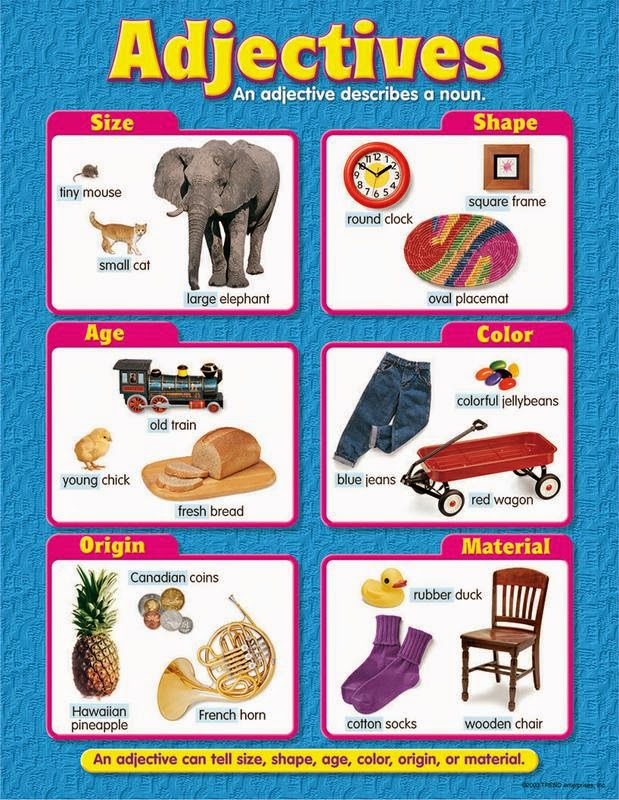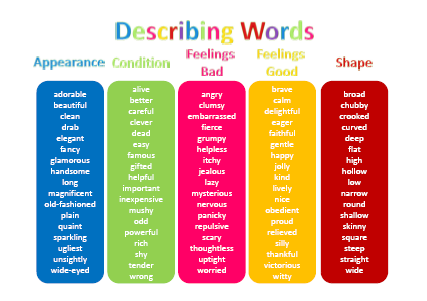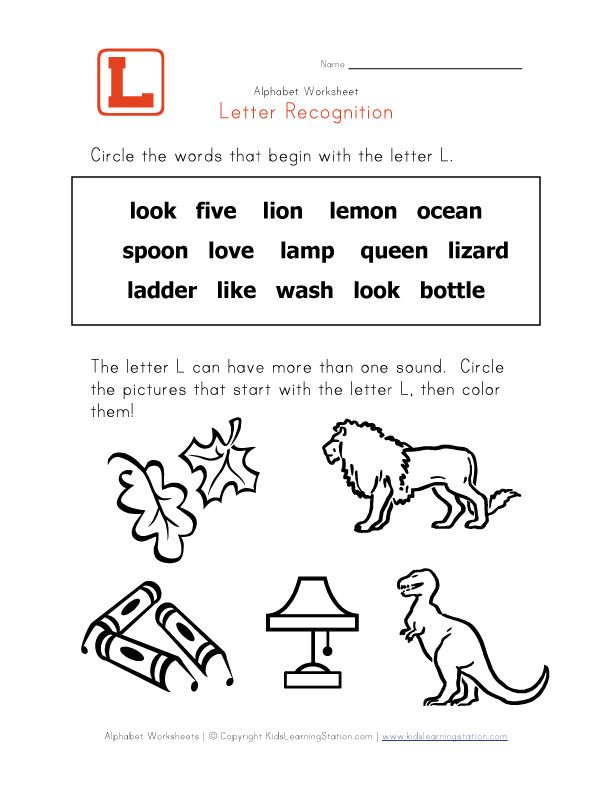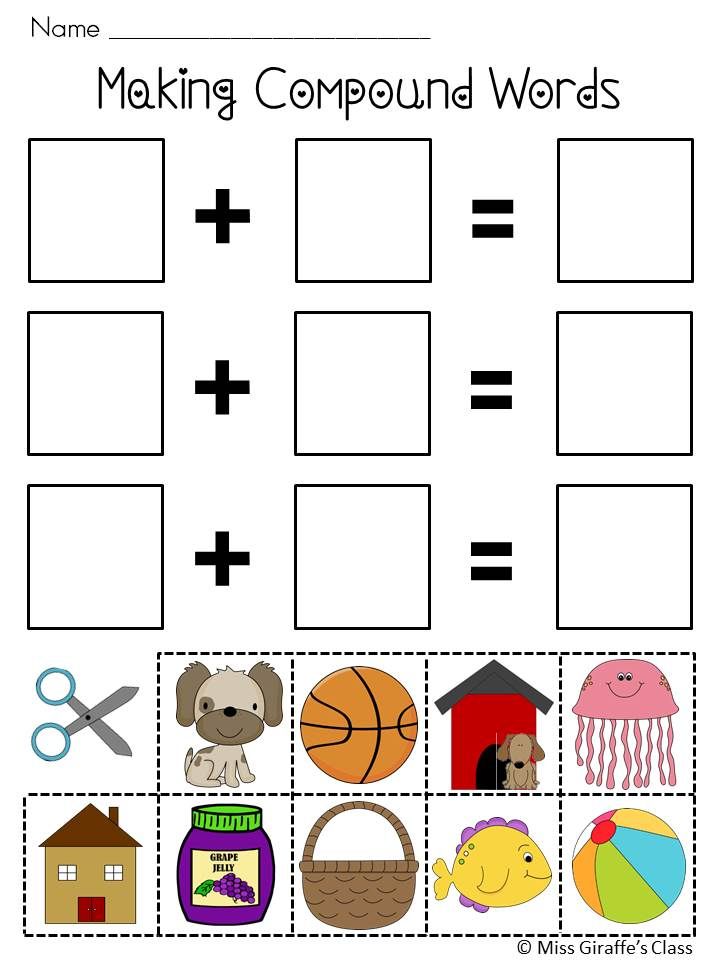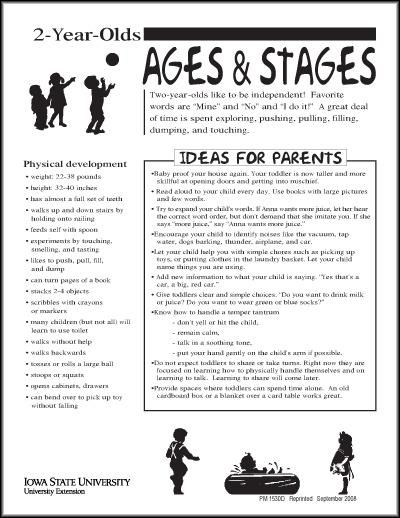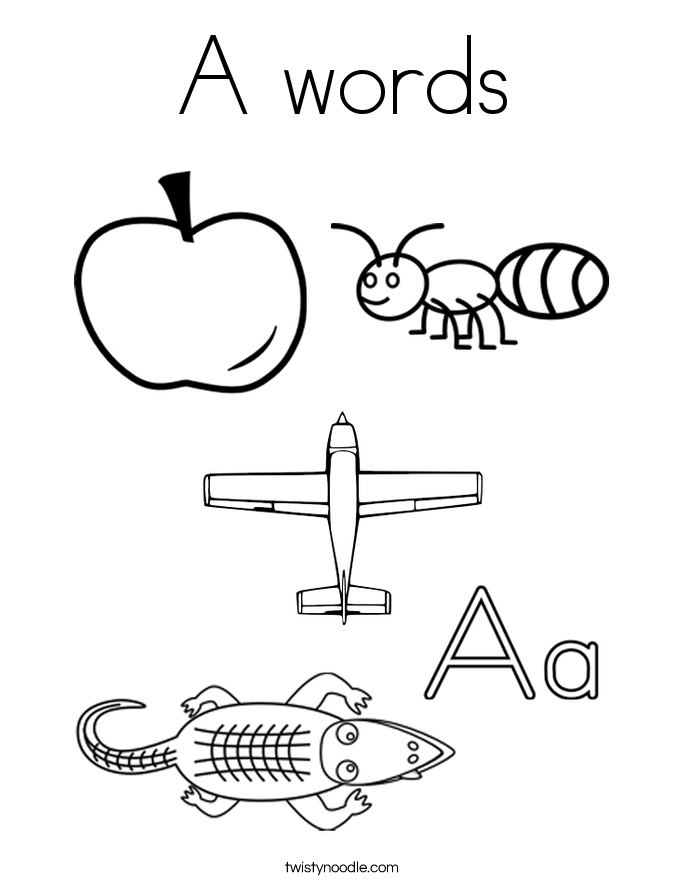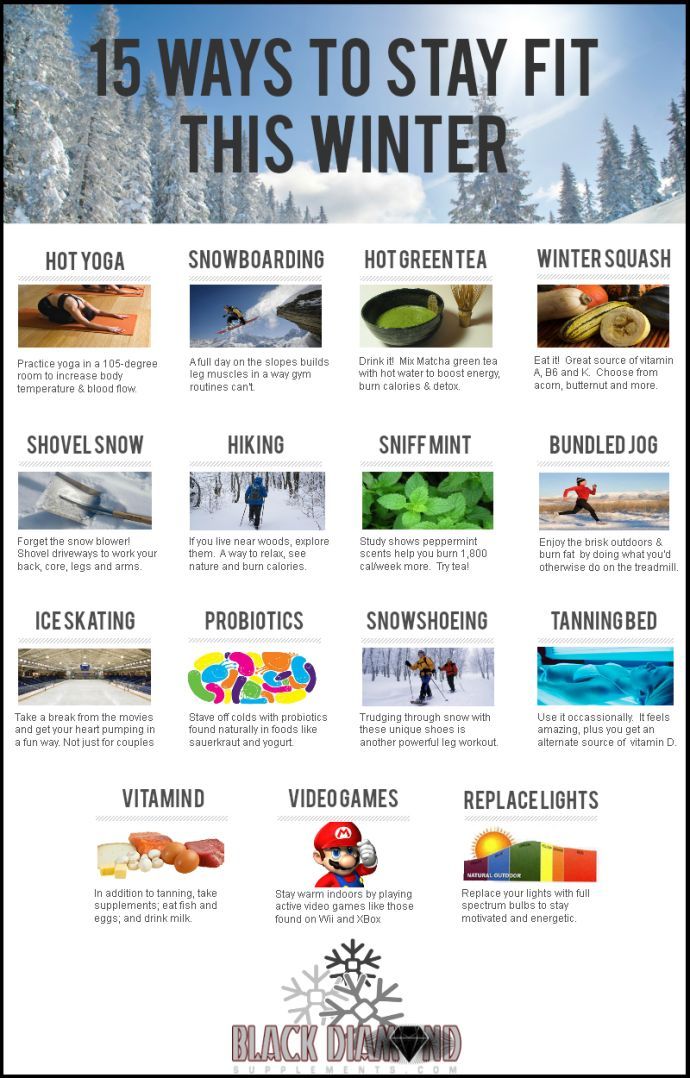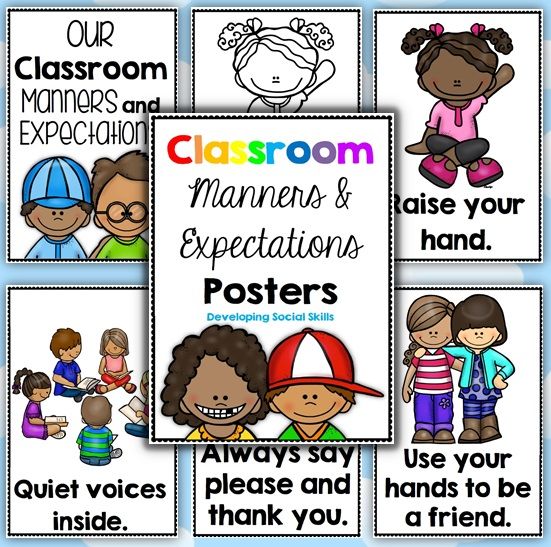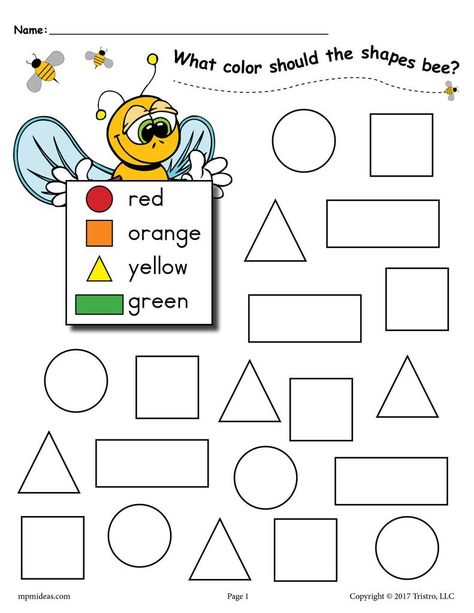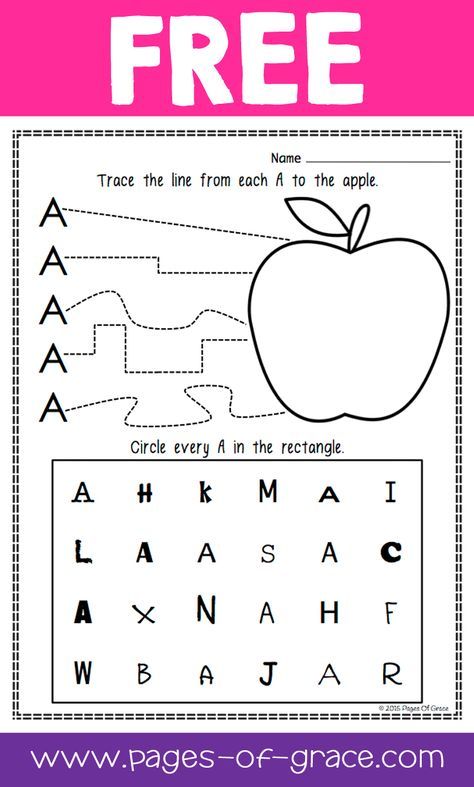Adjectives to describe an object
words used to describe the shape of objects - synonyms and related words
Search
aerodynamic
adjective
an aerodynamic shape or design allows an airplane, car, etc. to move through the air in a smooth and fast way
as flat as a pancake
phrase
very flat
asymmetrical
adjective
something that is asymmetrical does not have the same shape and size on both sides
bulbous
adjective
big and round, or shaped like an onion
chunky
adjective
thick and square in shape
contorted
adjective
twisted into a shape or position that is not natural
contoured
adjective
shaped to follow or fit the shape of something else
convoluted
adjective
mainly literary a convoluted shape or surface has many twists and curves
curvy
adjective
informal forming or full of curves
deformed
adjective
something that is deformed has a different shape from what is usual or natural and is not attractive to look at
fitted
adjective
made to fit the shape of something closely
flat
adjective
thin and wide and not curving inward or outward
forked
adjective
divided into two separate parts in a “Y” shape
foursquare
adjective
square in shape, with four equal sides
globular
adjective
in the shape of a small round ball
oval
adjective
with a shape like a long narrow circle
pointed
adjective
with a point at the end
pointy
adjective
informal with a point on the end
proportioned
adjective
used after some adverbs for describing the way that the different parts of something combine
regular
adjective
arranged to form an even shape
regularly
adverb
with an even shape, or arranged with an equal amount of space between objects
rolled-up
adjective
rolled and folded in the shape of a tube
round
adjective
curved
sculptured
adjective
literary with a strong curved shape
sinuous
adjective
shaped or moving with many bends and curves
solid
adjective
a solid object or shape does not have any holes or empty space inside it
square
adjective
with edges or corners that are not as curved as usual
straight
adjective
something that is straight does not bend or curve
straight
adverb
without a bend or curve
symmetrical
adjective
a symmetrical shape or object has two halves that are exactly the same
tapered
adjective
narrower at one end
three-cornered
adjective
with three corners
twisted
adjective
bent into a shape that is not normal
wraparound
adjective
wraparound objects curve around the sides of whatever they are fitted to
English version of thesaurus of words used to describe the shape of objects
Free thesaurus definition of words used to describe the shape of objects
from the Macmillan English Dictionary - a free English dictionary online with thesaurus and with pronunciation from Macmillan Education.
Adjectives Words to Describe Shape of Objects
As we know a shape is a graphical representation of an object or its external boundary, outline as opposed to other properties such as color, texture, or material type.
Today we are going to look at commonly used Adjective words for describing different 2d and 3d shapes of objects. Using these you would be able to express and compare various objects based on their shapes and structure.
Following is a list of common adjectives to describe the shape:
- Straight: This is a straight line
- Wide: It is a wide road
- Skinny: She is skinny
- Square: There are four squares
- Steep: It is very steep to drive
- Narrow: You will come across a narrow road
- Round: It is a round shape object
- Shallow: The water is shallow deep
- High: Being at or having a relatively great or specific elevation or upward extension
- Hollow: The vessel is hollow from inside
- Low: It has low altitude
- Curved: Not straight; having or marked by a curve or smoothly rounded bend
- Deep: With head or back bent low
- Flat: Parallel to the ground
- Aerodynamic: Of or relating to aerodynamics
- Broad: Very large in expanse or scope
- Chubby: Children are bright-eyed, chubby, and shy
- Crooked: Having or marked by bends or angles; not straight or aligned
- Triangular: Having three angles; forming or shaped like a triangle
- Oval: A closed plane curve resulting from the intersection of a circular cone and a plane cutting completely through it
- Circular: Marked by or moving in a circle
- Cylindrical: Related to or having the shape or properties of a cylinder
- Angular: Having angles or an angular shape
- Two Dimensional: There are two major methods of two dimensional fractal generation
- Three Dimensional: Very large in expanse or scope
- Tapered: Gradually narrowed toward a point
- Globular: Having the shape of a sphere or ball
- Diminutive: Very small
- Dinky: Small and insignificant
- Foursquare: A plane rectangle with four equal sides and four right angles; a four-sided regular polygon
- Gargantuan: Of great mass; huge and bulky
- Horizontal: Parallel to or in the plane of the horizon or a base line
- Large: Above average in size or number or quantity or magnitude or extent
- Lengthy: Relatively long in duration; tediously protracted
- Level: A flat surface at right angles to a plumb line
- Little: Limited or below average in number or quantity or magnitude or extent
- Long: Primarily spatial sense; of relatively great or greater than average spatial extension or extension as specified
- Midget: Very small
- Oblique: Slanting or inclined in direction or course or position–neither parallel nor perpendicular nor right-angular
- Orbicular: Having the shape of a sphere or ball
- Plain: Lacking patterns especially in color
- Plump: Straight down especially heavily or abruptly
- Pointy: With a pointy stick
- Portly: Euphemisms for `fat’
- Punny: Witty or punny dialogue
- Regular: Having clear dimensions that can be measured; volume can be determined with a suitable geometric formula
- End Meets: Open shapes never make the ends meet
- Diagonal: Is something with slanted lines or a line that connects one corner with the corner furthest away.

- Mark: A shape mark is a trademark that safeguards the shape of the product. It might be the shape of a product, a good, brand, logo, label, tag, etc
- Regular: used for uniform shapes
When two objects have same shape you can use the words like identical and similar to describe those objects.
How to use these words in sentences & while you speak:
For Example : “It is a two-dimensional figure”, “This Valley is very deep”, “I like this Straight statue”.
Don’t worry If you aren’t able to remember all the shape words, You can use this list as a reference till the time you master these shape and structure adjectives and get used to speaking and writing them in sentences.
Quick Links
- Adjectives to Describe Size
- Types of Polygons with Pictures
Use of adjectives in speech to describe a subject.

Municipal budgetary educational institution of the city of Tulun "Secondary school No. 19"
Russian language lesson in grade 3 "b"
Teacher: Zakharchenko Natalya Vladimirovna I KK
Section: adjective
Subject: The use of adjectives in speech to describe the subject.
Purpose: to create conditions for students to independently determine the role of adjectives in speech.
Tasks:
-
To teach how to conduct mini-research and draw conclusions;
-
Develop mental operations of analysis, comparison, generalization, enrich students' vocabulary;
-
Assess the level of assimilation of the lesson material.
Planned results:
| Personal | Meta-subject 3 Subjects | ||
| Regulatory | Cognitive | Communicative | |
| - Self -determination (Motivation of activities) - Self -estimation 9000 | 9003 9000 6; - selection of unknown material from the studied; - search and selection of the necessary information; - analysis, synthesis of educational material, recognize the adjective as a part of speech. | - ability to work in a group, pair; - the ability to ask a question; - listen to each other; - to prove the correctness of the judgment. | - find and recognize adjectives in the flow of speech; - use adjectives to describe things. |
Teaching aids: textbook "Russian language, grade 3, part 2" L.F. Klimanov, T.V. Babushkina, workbook No. 2, interactive whiteboard, cards for group work, dictionary of epithets on sheets.
Lesson progress
-
Org. moment
- Let's say together:
- I can do everything, I can do everything.
W: I'll help you with that.
Writing in the date notebook, words: “Class work”.
Acquaintance with the technological map of the lesson (for each). Rate your mood at the beginning of the lesson.
- Today I brought a basket with a secret to the lesson. It contains two items.
-What are they?
2. Actualization of knowledge about the agreement of adjectives with nouns.
Psychic game (3 min)
-What are these objects?
Ask 2 students to leave the class. He will be psychics today. ourselves, let's look into the box, see what lies there, and pick up words that will help to guess the object.
- What part of speech do you think should be used?
- Adjectives.
- Why?
— They answer what question? and indicate the characteristics of the subject.
a. In the absence of a "psychic", children are shown an apple and a ball. They examine them, remember the characteristic features. The first child is invited. Children name adjectives - signs of an apple:
Children name adjectives - signs of an apple:
- Round, ruddy, fragrant, garden, juicy, crunchy ,…
c. Children call adjectives - signs of the ball:
- Round, rubber, bright, elastic, multi-colored, childish, ...
The student guesses the words.
What parts of speech did you name now?
- Adjectives.
In Latin, the adjective is thrown, added , attached .
- What did you apply words to now?
- To nouns denoting objects.
Why did you choose so many different adjectives for each subject?
- To clarify which item is in the box.
- What do you know about the adjective? (an independent part of speech, indicates a sign of an object, answers the questions: What? What? What?, is a member of a sentence in a sentence)
-What part of speech was used to describe the ball and the apple?
What is the topic of the lesson?
Use of adjectives in speech to describe a subject.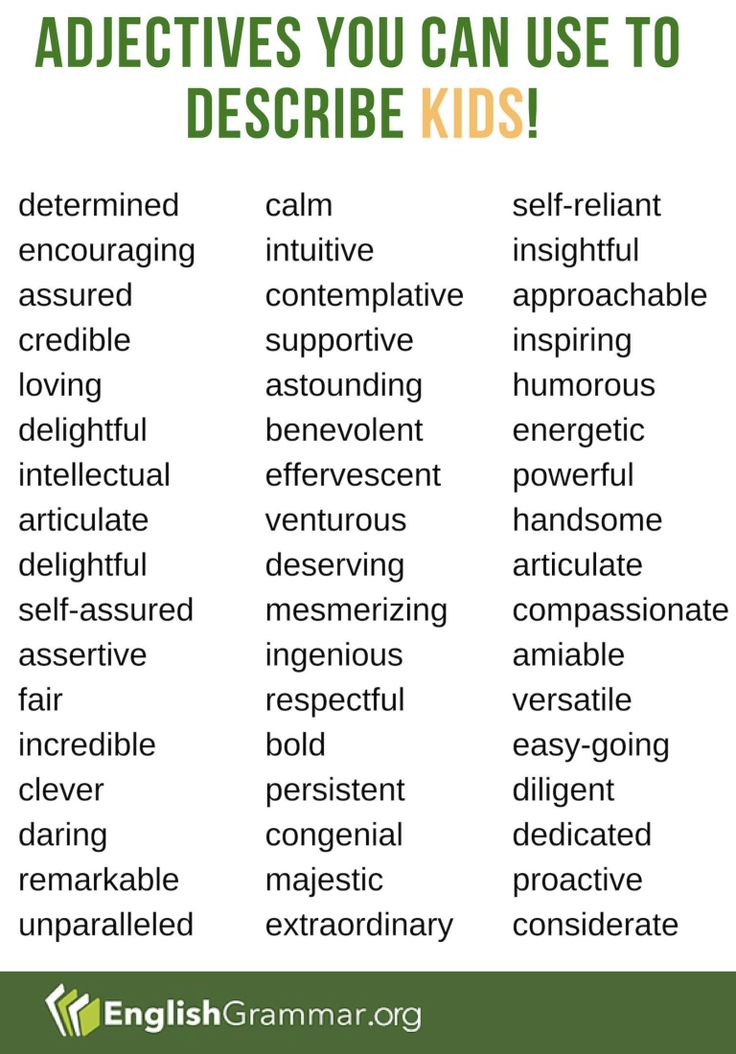
3. Statement of the problem
We have just learned about one role of adjectives: to clarify the subject.
- What other role do adjectives play in speech, we need to discover today.
- Do you know who makes discoveries?
(Discoveries are made by scientists, discoverers, researchers.)
- What do you guys think, could you and I make discoveries?
-Let's be scientific researchers at the lesson today, and together we will find the answer to the question: “What role do adjectives play in our speech?
Tasks: 1. learn about the role of adjectives in speech.
-
Learn to use adjectives to describe the subject
-
The decision of the educational problem
Wash the departure with a column with a column of Orphogram, the underpass, the adultram is undergoing.
| A) Fresh, green in the garden in the summer, And in the winter in a barrel, yellow, salted (cucumbers) |
Feels very smooth. Tastes like sugar. (carrot) |
| B) Round, ruddy, I grow on a branch. Adults love me And small children (apple) | The green house is cramped: Narrow, long, smooth. Sitting side by side in the house Round guys. Autumn arrived - cracked the Gladky house, , some round guys (peas) |
- self -testing for the standard on an interactive whiteboard. EVALUATE THE WORK.
- Write down the adjectives used to describe the answers. (group work) RATE
Cucumbers - fresh, pickled, yellow, pickled.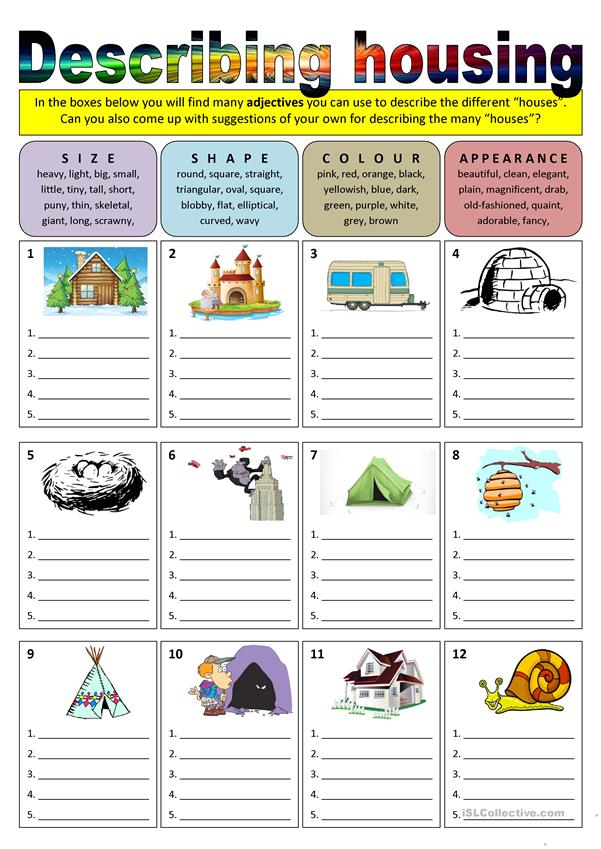
Carrots - smooth, sweet.
Apple - round, ruddy.
Peas - smooth.
Problematic question: - What can you say about these adjectives? What role do they play? Compare with the output on page 99.
2) Let's look at adjectives. Read two texts. Determine how they differ. (Work in pairs) Underline the adjectives.
Spring has come. Snow is melting. Streams murmur. The sun is shining. Birds are flying.
Early spring has come. The last snow is melting. Talkative streams murmur. The gentle sun shines. Vociferous birds fly.
-What are these texts about? (About spring)
-Can these texts be considered the same? Prove it.
-What distinguishes the first text from the second? (presence of adjectives)
-What role do adjectives play in speech? VALUE
In the second text, I used the adjective last to describe the snow. But this adjective is not so pretty. After all, one could take, for example, the word fluffy, silvery. (This is an accurate description of snow)
(This is an accurate description of snow)
3)Let's try to describe winter snow and spring snow as accurately as possible. Group work: (words are given on the cards).
- Distribute the words. (spring snow and winter snow)
Last, sparkling, wet, prickly, dirty, fluffy, silvery, soft, loose, white, fresh, grey.
check: snow spring snow winter
wet last
prickly sparkling
dirty fluffy
soft silver
loose white
fresh gray
Conclusion: It turns out that if you accurately describe an object using adjectives, you can recognize it without even seeing it.
- Underline the spelling.
physical min
(Additional text to summarize the children's answers:
Imagine a smooth asphalt road and a summer forest clearing. How tiring to look at the gray monotony of the first for a long time and how pleasing to the eye is the second. , sizes, colors: green, slender, patterned, thin, velvet, white, long, undersized, blue, round, etc. )
)
All this variety is conveyed with the help of adjectives. It is they who make our speech picturesque. Without them, speech is poor and inexpressive. Ask any person, “What is grass? Snow? Night? He will answer: “The grass is green. Snow is white. The night is dark." Is snow always white? Of course not. It comes in dark blue. Blue, silver. At sunset, even red, and also fluffy, crumbly. You can touch it - it is cold, prickly, fresh. When we learn to use this wealth, to think carefully about the selection of adjectives, then our speech will become brighter and more beautiful.
4) An example of such a beautiful speech is in our workbook (p. 84, ex. 136). Read, find the adjectives that I. Bunin wrote in his poem. Completing assignments on your own. Checking on the board with pronunciation.
1) Try to describe spring, spring snow yourself, using adjectives. (Individual work) Words for reference are given to help you.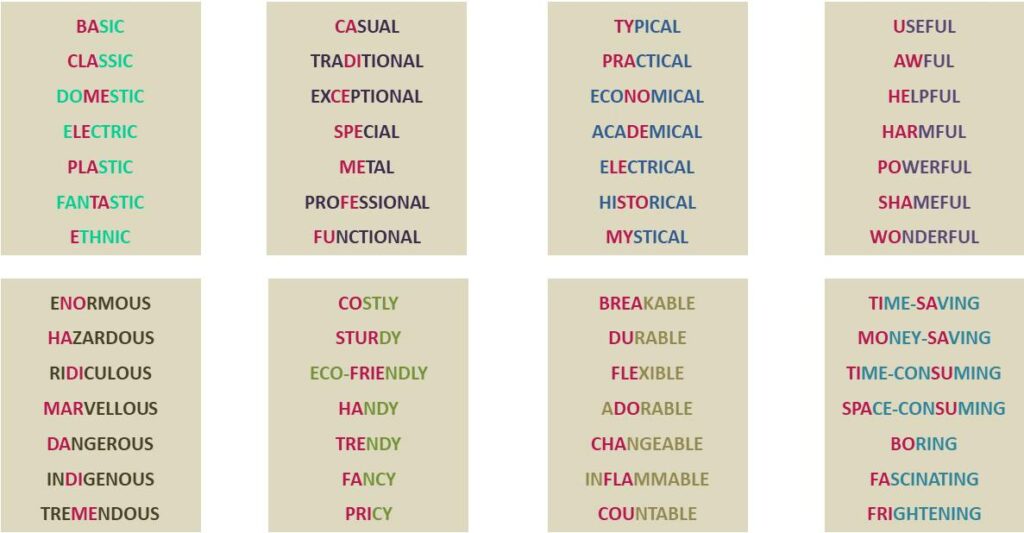 I found these adjectives on the Internet at enc – dic Dictionary of epithets . If you are interested in this work, then you can see other words there .... needed for what? (writing essays, so that the speech is figurative and beautiful )
I found these adjectives on the Internet at enc – dic Dictionary of epithets . If you are interested in this work, then you can see other words there .... needed for what? (writing essays, so that the speech is figurative and beautiful )
-
Repetition, what is a text. Text types.
-
Creative work: write a text-description "Spring". You can compose the text yourself, but for those who find it difficult, then work with the words for reference and the text with which you worked. Choose your favorite adjectives to describe snow, spring, sun. Write the text in a notebook. Listen to 2-3 students.
-
Summing up the lesson
- What can you say about the role of adjectives in speech?
What role do they play in speech?
-
They serve to clarify subjects
-
Make speech rich, imaginative.

6. Reflection
- What did you learn at the lesson today? (Say about the children who worked very well in the lesson)
- What was important for each of you?
-What was used to achieve the result?
- Did everything work out?
-What would you wish your classmates?
-What work did you like?
- Assess your mood. Why has it changed?
7. Homework: 1) on the choice of exercises on pages 99 - 100 No. 177, 179
2) compiling a text about spring using epithets, or compose a poem about spring
Lesson flow sheet
Student 9008 (tsy)………………………………………………………………………
1
Task 2
1.
I took part in the discussion and records (A) all the accompanying (A) correctly.
3
2
I took part in the discussion, but I misspelled the adjectives.
2
3.
I could not find all adjectives
1
Task 4.
3
2.
I did not distribute all the words correctly into groups
2
3.
when distributing words to groups I needed comrades
1
1
I wrote the adjectives correctly0003
large
When we describe an object, sometimes we want to describe its different qualities, so one adjective is not enough. To do this, you need to remember their basic order:
To do this, you need to remember their basic order:
- point of view / opinion
- scale / size
- form / form
- age / age
- color / color
- source / origin
- fabric, wood etc / material
- type / type, target
Of course, you will hardly need all the characteristics at the same time. As a rule, we use no more than 3-4 adjectives before a noun, but if you take words from different categories, then be guided by that order.
Olivia can't imagine her life without her comfortable old leather armchair. / Olivia can't imagine her life without her comfortable old leather armchair.
My aunt liked our big new wooden wardrobe. She wants to have the same. / My aunt liked our big new wooden wardrobe. She wants the same.
Will you wear your pretty white silk dress to the party? / Will you wear your white silk dress to the party?
I don't need this horrible green cotton T-shirt.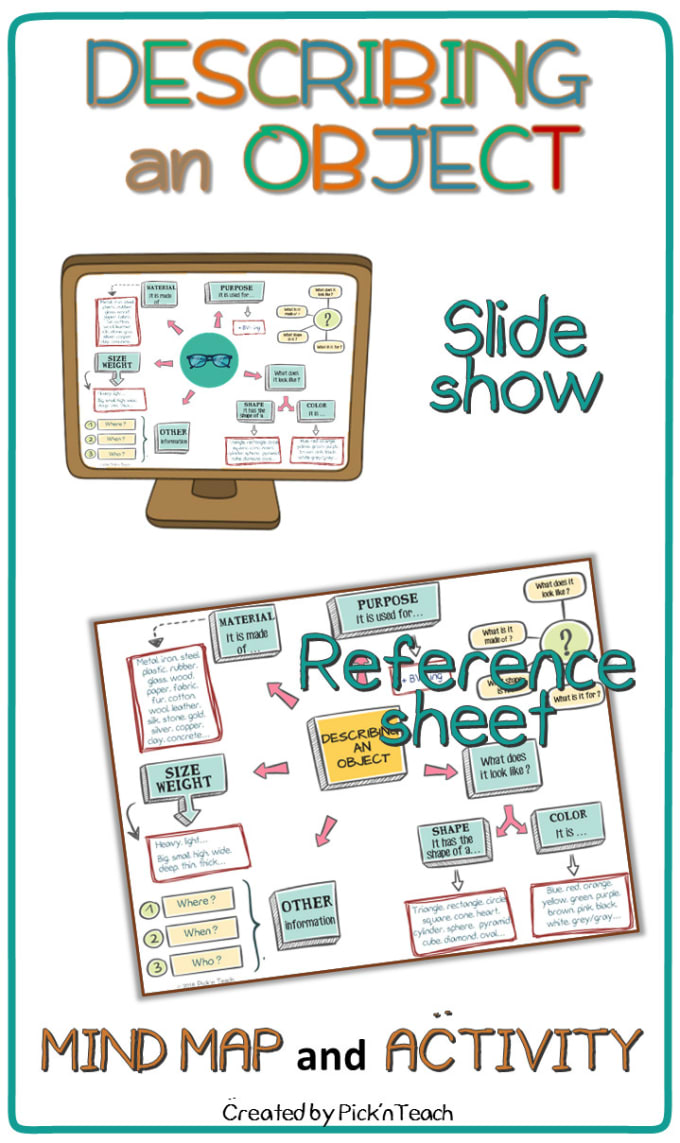 / I don't need that awful green cotton T-shirt.
/ I don't need that awful green cotton T-shirt.
I will definitely have a nice big living room in my new house. / There will definitely be a beautiful large living room in my new house.
We need some nice things which remind us of those carefree days of childhood when a new wooden pencil case could bring so much pleasure. / We need cute trinkets that would remind us of the carefree days of childhood, when a new wooden pencil case could bring so much joy.
If you need to give the maximum amount of information about a subject, use subordinate clauses using the words who / which. By using the relative clause in this case, we avoid piling up words before the noun:
My husband has a red Italian sports car, which is expensive and really valuable. / My husband has a red Italian car, which is expensive and really valuable.
There is also a more general classification in which all adjectives are divided into 2 large categories:
opinion / expressing our opinion (subjective assessment of our attitude to the subject, which makes it clear whether we like it or not)
fact / containing factual information (objective non-judgmental characteristic, properties of the subject independent of the speaker)
The following adjectives can be classified as opinion adjectives:
- beautiful
- comfortable
- wonderful
- interesting
- boring
- delicious
- good
- excellent
- bad
- terrible
- awful
Fact adjectives include the following adjectives:
- round
- silk
- red
- long
- new / new
- rectangular / rectangular
- tall
Adjectives that reflect our opinion usually come before actual ones. For example:
For example:
I will definitely buy this beautiful wooden chest of drawers! / I will definitely buy this beautiful wooden chest of drawers!
Unfortunately she can't afford to buy that lovely yellow dress which she saw yesterday . / Unfortunately, she can't afford to buy that lovely yellow dress she saw yesterday.
Have you seen that cute black puppy under the table? / Did you see that adorable black puppy under the table?
If I had nothing to do, I would watch an interesting American film. / If I had nothing to do, I would watch some interesting American film.
A handsome young man helped me to carry these heavy boxes. / A handsome young man helped me carry these heavy boxes.
If I go to Italy next year, I will buy a brown leather bag for you. / If I go to Italy next year, I will buy you a brown leather bag.
Ways to describe a person's appearance deserve special attention.